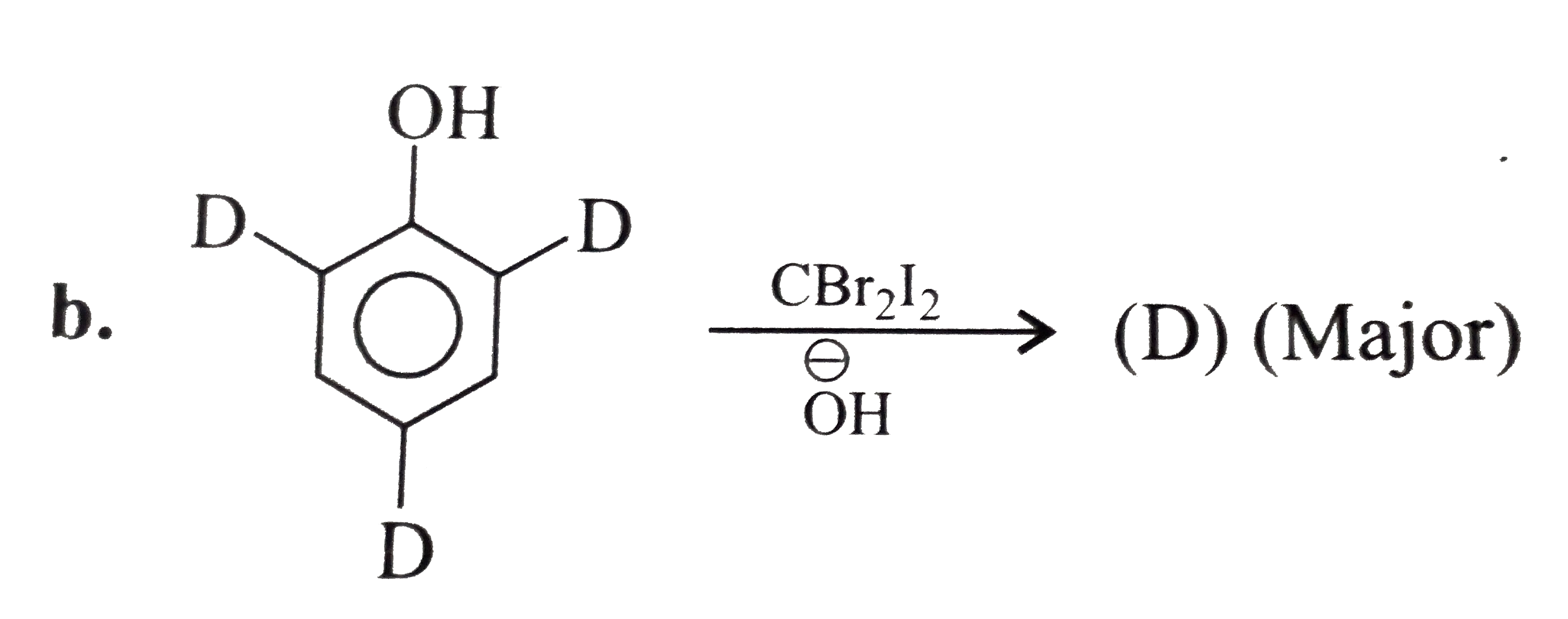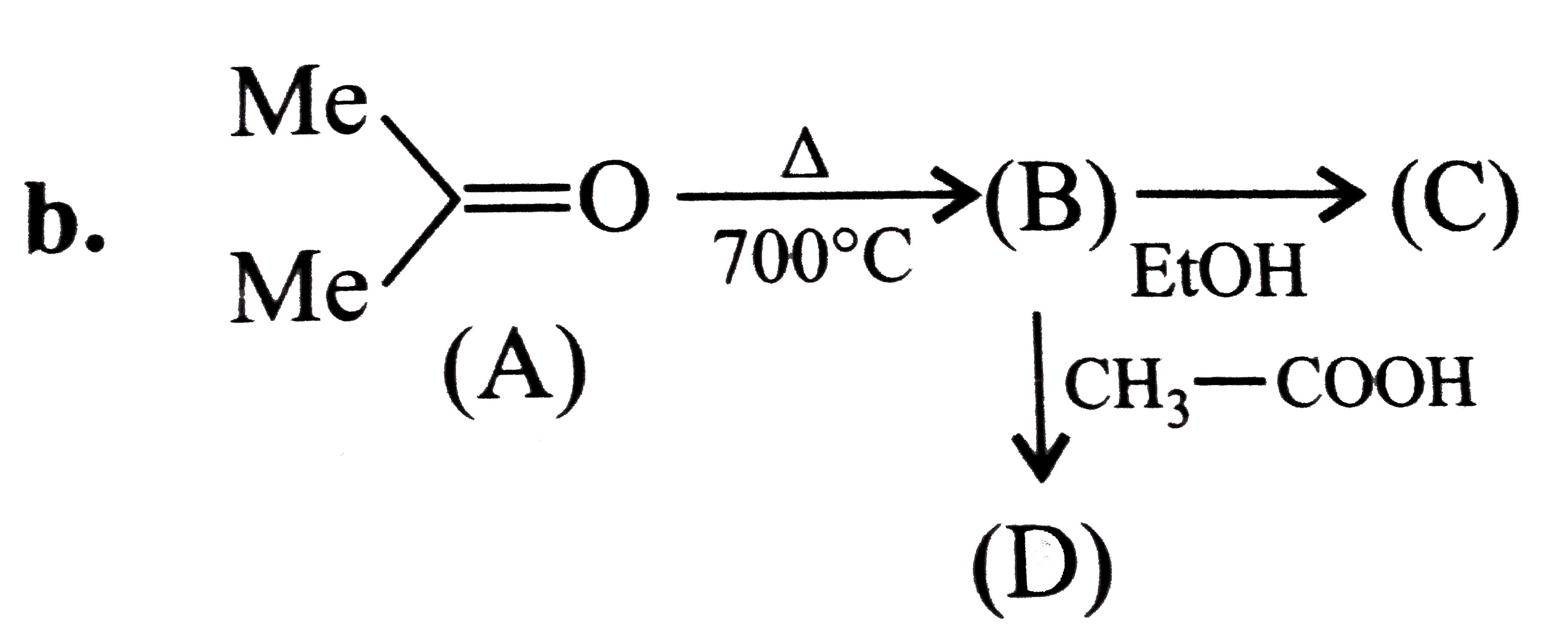Complete the following analogy: (A) Replacement of halogen by hydroxyl group in arenes
(B) Reaction of benzene with HCl over heated cupric powder
A
Dow's process :: Rasching process
B
Sandamayer's reaction :: Ulmann reaction
C
Wurtz reaction:: Ulmann reaction
D
Darzen's process :: Groove's process
Video Solution
Text Solution
The correct Answer is:A
Dow.s process :: Rasching process
|
Updated on:21/07/2023
Related Playlists
Similar Questions
Complete the following reactions:
(a)_S01_417_Q01.png) (b)
(b) _S01_417_Q01.png) View Solution
View SolutionComplete the following reactions:
(a)_S01_416_Q01.png) (b)
(b) _S01_416_Q02.png) View Solution
View SolutionComplete the following reactions :
(a)
(b) View Solution
View SolutionComplete the following reactions:
a.
b.
c. View Solution
View SolutionComplete the following reactions:
a.
b.
c. View Solution
View SolutionComplete the following reactions:
a.
b.
c. View Solution
View SolutionComplete the following reactions :
(a)
(b)
( c) View Solution
View SolutionComplete the following reactions :
(a)
(b)
( c) View Solution
View SolutionComplete the following reactions:
a.
b.
c.
d. View Solution
View SolutionComplete the following reactions:
a.
b.
c.
d. View Solution
View Solution

